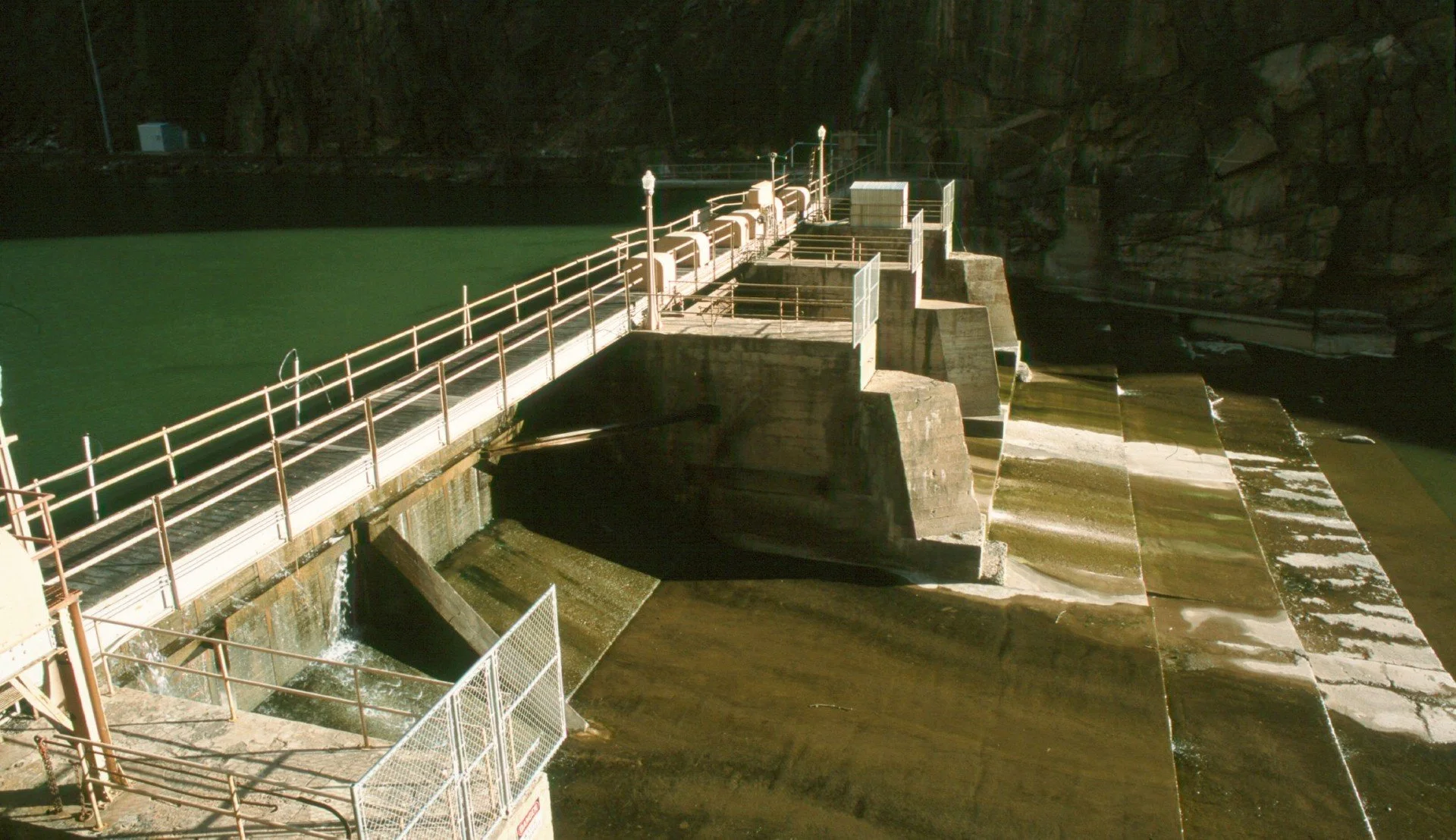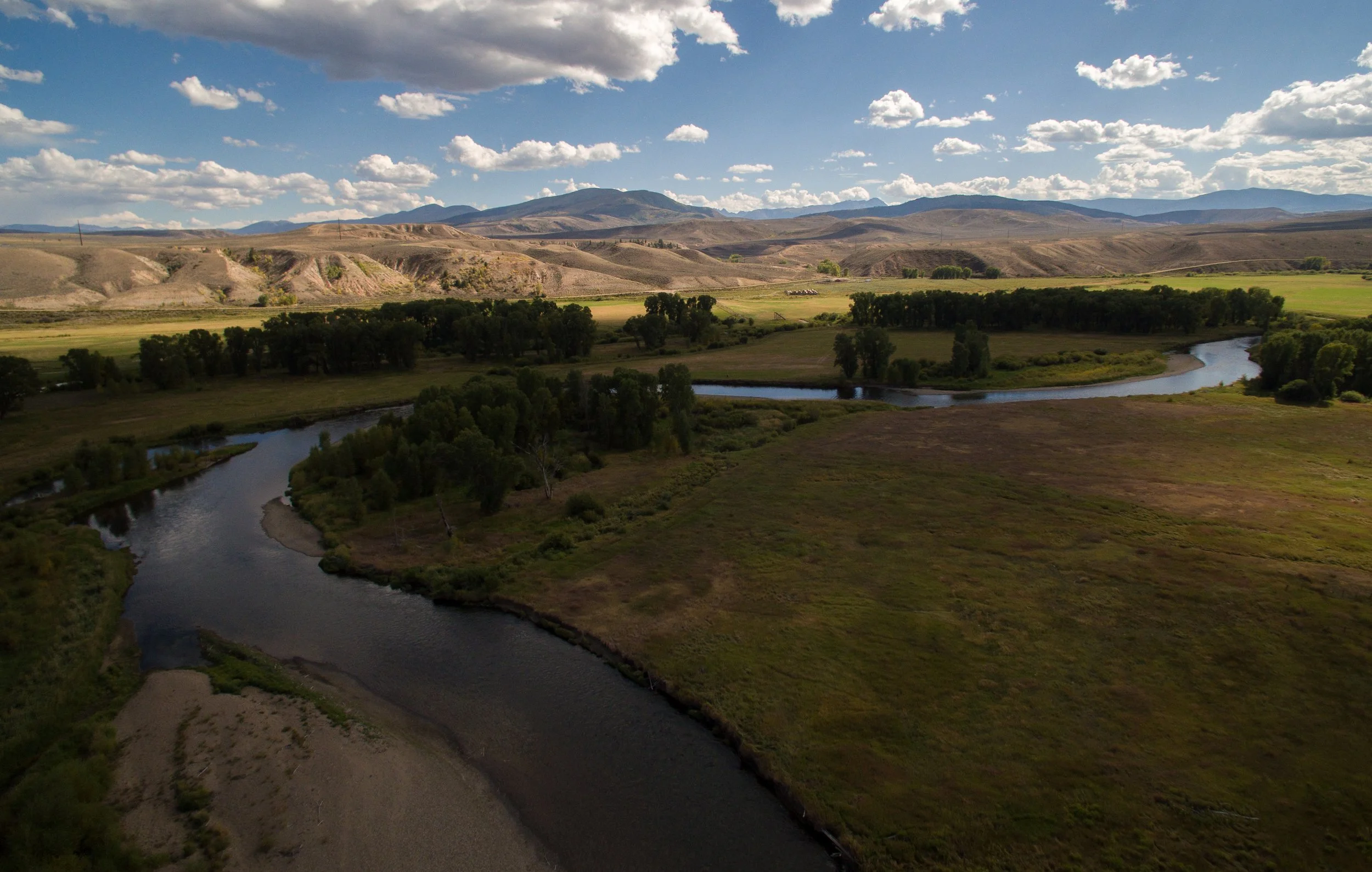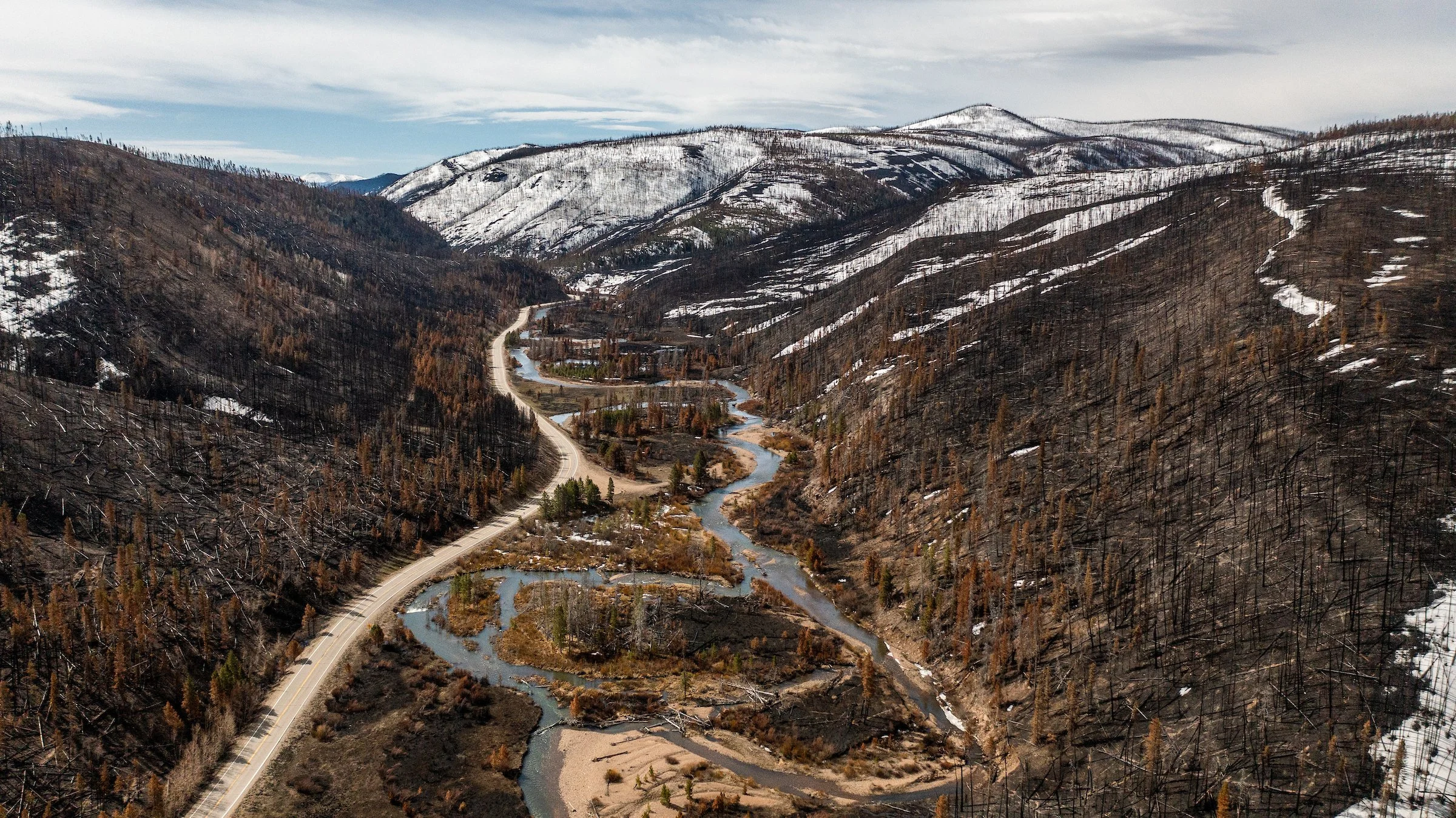March 2009
We attended the Ex Loco Carpe Diem "convening" in Las Vegas w/ a number of NGOs, water providers, gov't agency personnel and funders to discuss the Federal Role in Western Water Issues in the Face of Climate Change. We also worked w/ TU staff and other NGOs to put together a memo with suggestions to the new administration on water adaptation strategies to include in a climate change cap and trade bill.
We worked on a couple of letters to the editor that were published, including one in the Denver Post explaining TU’s (qualified) support for rainwater catchment bill (we support a version that guarantees return flows to streams):
http://blogs.denverpost.com/eletters/2009/02/19/harvesting-rainwater-has-an-effect-downstream/
And another in Pueblo Chieftain raising questions about Aaron Million’s pipeline project and calling instead for more comprehensive, collaborative water planning:
http://www.chieftain.com/articles/2009/03/01/editorial/doc49aa0307a89c2958757598.txt
The Colorado Water Project (CWP) staff submitted recommendations for instream flow water rights to the Colorado Water Conservation Board (CWCB) at the CWCB’s February 2009 Instream Flow Workshop. CWP used TU’s Conservation Success Index to identify two greenback cutthroat trout streams in the Poudre River watershed that were not currently protected by state-held instream flow water rights. Field data was collected in October 2008 and it was used to quantify the instream flow needs of these creeks. Recommendations were presented at the Workshop which then initiates a one-year public review process by the CWCB. The recommendations will be presented to the CWCB in 2010 for appropriation. Once decreed, these instream flow water rights should provide a reasonable level of flow protection for stream segments that support healthy populations of greenback cutthroat trout.
The CWP is also continuing to evaluate and or monitor the progress of several Environmental Impact Statements for various water development projects around the state such as the Windy Gap Firming, Denver Moffat Expansion, and Northern Integrated Supply Project.
CWP staff is continuing to provide environmental perspective on several large cooperative endeavors including the Halligan Seaman Shared Vision Plan and the Colorado River Wild and Scenic Management Plan Alternative.
CWP staff is cooperating with the Colorado Division of Wildlife, Bureau of Land Management, and United States Forest Service staffs to identify and prioritize stream reaches for instream flow water right protection and to find opportunities to restore and reconnect trout habitat. For example, CWP and USFS staffs are currently working with a landowner on the western slope to discuss opportunities for reconstructing a headgate on USFS land which diverts native cutthroat trout as well as water onto irrigated lands. This headgate also serves as an upstream migration barrier and diverts the majority of the streamflow during certain seasons of the year. CWP staff will continue to work with state and federal government staffs and local landowners to protect, reconnect and restore aquatic habitat.
We are supporting a bill this legislative session that would create a state income tax credit for parties who donate water rights to the CWCB for instream flow use. The bill has passed the House Agriculture and House Finance Committees. It will next go to the House Appropriations Committee.








